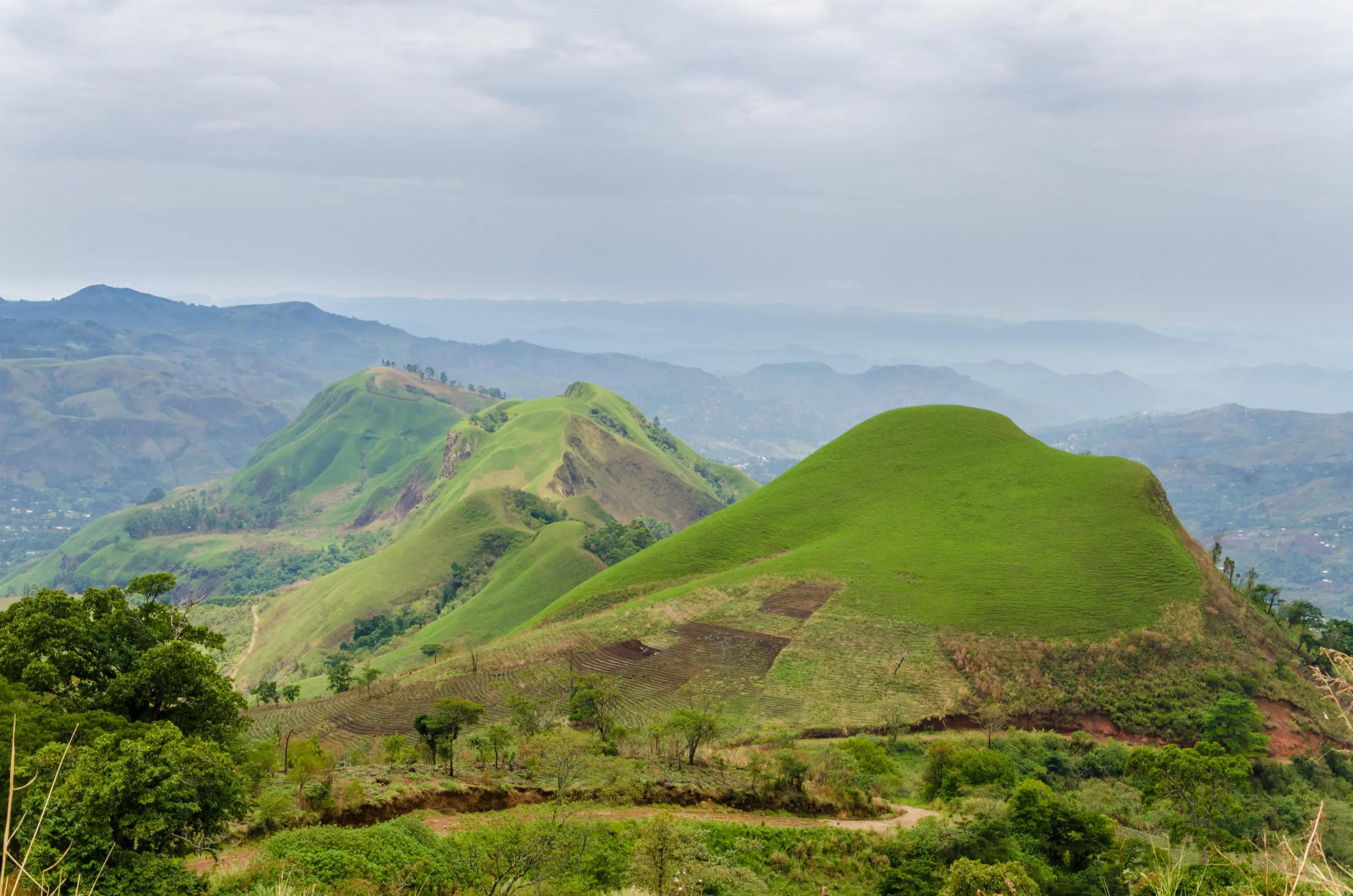
Cameroon
Roger Milla
To the rhythm of makossa
This country, located in the western part of Central Africa, is characterised by its varied landscapes. Its coastline overlooks the Gulf of Guinea and the Atlantic Ocean and faces a plain that, as you move deeper into the country, gives way to various plateaus, often featuring equatorial rainforests.
The urban population is concentrated in the two main cities, the capital Yaoundé and Douala, a dynamic and modern centre. The south-eastern regions are populated by local ethnic groups, who still wear the traditional dress in bright colours, such as red, yellow and green.
The same colours as the kit worn by Roger Milla, African football icon. Milla gained international prominence during the Italia '90 World Cup. He is known for grinning as he performed the traditional Cameroonian dance, the makossa, to celebrate every goal.
The territory
Cameroon was officially created in 1961 from the union of French and British colonies and is a melting pot of customs and ways of life, in which the traditions of the indigenous peoples retain a deep cultural relevance.
The country encompasses a range of climates: from tropical, rainy and humid in the south and coastal areas to semi-arid in the north. The ecosystem of Cameroon is an animal lover's paradise, as it is home to numerous species: extensive bird populations, baboons and snakes, and in the savannah, large herbivorous and carnivorous animals.
The Dja Faunal Reserve is a unique and unspoilt place. This area of Cameroon has been protected since 1981 and has been a UNESCO World Heritage Site since 1987. Dja is one of the largest rainforests in the country and the Baka ethnic group, formerly known as Pygmies, lives on the edge of the reserve.
Treedom in Cameroon
Cameroon is a particularly significant country for Treedom, as it was here that our story began. That was in 2010 and since then many projects have been and are still being developed in the country, but the main focus of the planting activity is on cocoa trees. We are based in the middle of the so-called cocoa belt, the area between the 20th parallel south and the 20th parallel north, where this plant can grow in optimal conditions.
However, given cocoa's vulnerability to sun exposure and the high temperatures that can be reached in these areas, we have from the outset combined the planting of cocoa trees with shade-giving trees, which grow rapidly and develop a large, dense crown, offering natural protection from the sun.
Resilience to change
Although cocoa is the mainstay of our work in Cameroon, our philosophy is to create agroforestry systems that integrate a variety of species and that can also provide a resilient resource for the farmers involved in our projects.
We therefore plant trees of various species and with fruiting seasons that together span almost the entire year. Just to give you an idea: avocados are ready in April, safou fruit are ready around June-July, oranges and other citrus fruits are ripe in September and October, cocoa pods ripen from October to January, while bananas are available all year round. This mix offers the best guarantees to our farmers and we will continue to apply this model to further develop our work in Cameroon.
941,550
trees planted in Cameroon
46,700
beneficiaries involved in Cameroon
